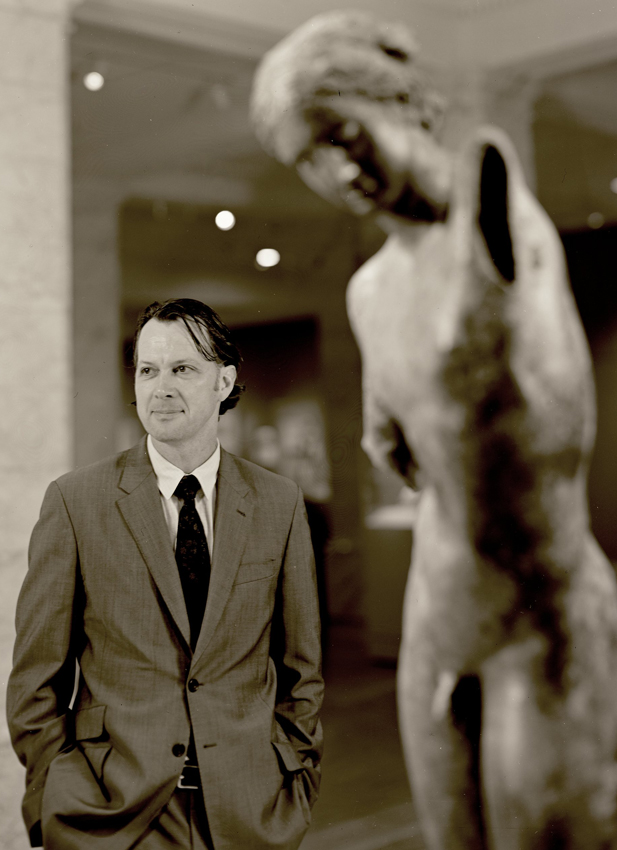
As published in the May 1, 2013 Toledo Business Journal

David Franklin
Cleveland Museum of Art
The arts, a good investment for all of Ohio
The director of the Cleveland Museum of Art, David Franklin, shared the following thoughts.
Even in tough economic times, the arts aren’t just a feel-good investment. They’re a good investment, period.
We live in an era of difficult choices. Although jobs growth is spurring economic recovery in Ohio, we also are dealing with federal, State, and local budget cuts that reflect the tradeoffs necessitated by tough times. The last couple of years have seen the national conversation turn to the kinds of choices we wish we didn’t have to make – who will pay more, and what will be cut?
Meanwhile, private philanthropy slowed overall during the recession and has only haltingly begun to recover, though contributions to the Cleveland Museum of Art have remained strong. We are proud of our track record during these challenging times, since both private and public contributions to local institutions have increasingly come under scrutiny as decision-makers ask: Is this the right way to spend our limited resources?
The answer is that investing in the arts is good for the economy and provides wide-ranging benefits to a community, from additional jobs and visitor spending, to a higher quality of life that can also attract new businesses and residents.
At the Cleveland Museum of Art, we have facts to back up that statement. We commissioned a recent, independent study that details the museum’s impact on the economy of Cleveland and the state of Ohio. The study’s findings are exciting, and its message is clear: We don’t have to choose between being a world-class museum and being a vibrant local engine of economic growth. The truth is – we’re both.
The Cleveland Museum of Art has an annual operating budget of $38.6 million, and is directly responsible for 370 jobs. Our operations support more than 600 jobs outside the museum.
The museum attracts more than 400,000 visitors each year, more than a third of who come from outside the state of Ohio. They come for the art, but they stay for Cleveland – and they stay in Cleveland, generating $80 million in local sales and $25 million in local income, while creating or supporting almost 700 jobs.
Add that up, and you get more than $140 million in annual economic activity generated by the museum’s operations.
And this doesn’t even include the renovation and expansion project we’re now completing – the largest capital project undertaken by a cultural institution in Ohio’s history, and one that supported 500 jobs while in progress.
These numbers tell the story, a story that upends that traditional division between business and the arts. The moral of that story is simple: arts institutions shouldn’t just be seen as a cornerstone of Ohio’s cultural life, they are also a cylinder in Ohio’s economic engine.
And that doesn’t begin to measure the role cultural institutions play in making Ohio an attractive place to build or bring a company, and to recruit workers.
Ohio businesses and economic ambassadors use cultural institutions as a magnet for business and talent attraction, not only from outside the state, but also from around the world.
As Robert Lynch, the president and CEO of Americans for the Arts, has pointed out, when cities compete for the best new businesses and the brightest young minds, the ones that offer a thriving arts culture have a natural advantage.
People usually imagine that there’s a natural – and necessary – tradeoff between the arts and the economy, between culture and commerce. This supposed division between art and commerce is a false dichotomy.
The Cleveland Museum of Art was established “for the benefit of all the people forever,” and those words mean more than that we are simply free and open to the public. We are committed to, and proud of, our role in the lives of the citizens of Ohio – from the jobs we create, to the visitors we attract, to the dollars we inject into the economy.
Countless other cultural institutions, both large and small, in Toledo and all over the country, are working hard to provide similar benefits to their communities, and they deserve our support.